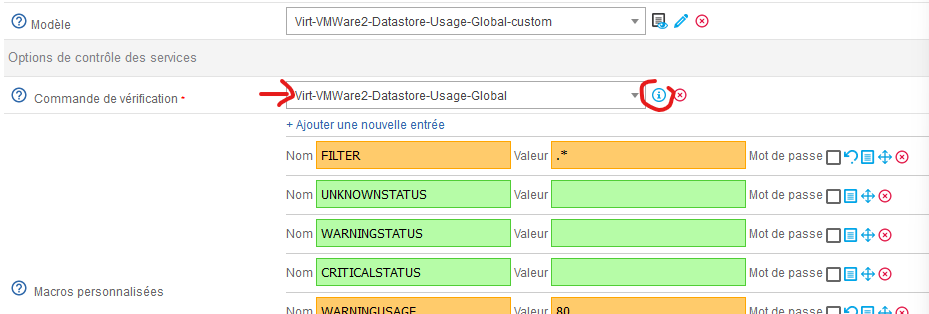🇬🇧
Hello,
Would it be possible to filter the curves used on the "Datastore-Usage-Global" probe? I have 7 LUNs from a storage array to monitor and some local datastores. However, with the information in bytes (B) free/used and in percentages (%) free/used, it gives me 4 times too much content when I want to use the graph. I just want to have the percentage used curves. And if possible, have everything in the same table; otherwise, I can always generate a graph per metric.
Thanks
🇫🇷
Bonjour,
Est-ce qu’il serait possible de filtrer les courbes utilisés sur la sonde “Datastore-Usage-Global” ? J’ai 7 LUN d’une baie à monitorer et quelques datastores locaux. Sauf qu’avec les informations en octets (B) libre/utilisé et en pourcentages (%) libre/utilisé, ça me fait 4 fois trop de contenu quand je veux me servir du graph. Je veux juste avoir les courbes pourcentage utilisé. Et puis dans la mesure du possible tout avoir dans le même tableau, sinon je peux toujours généré un graph’ par métrique.
Merci


